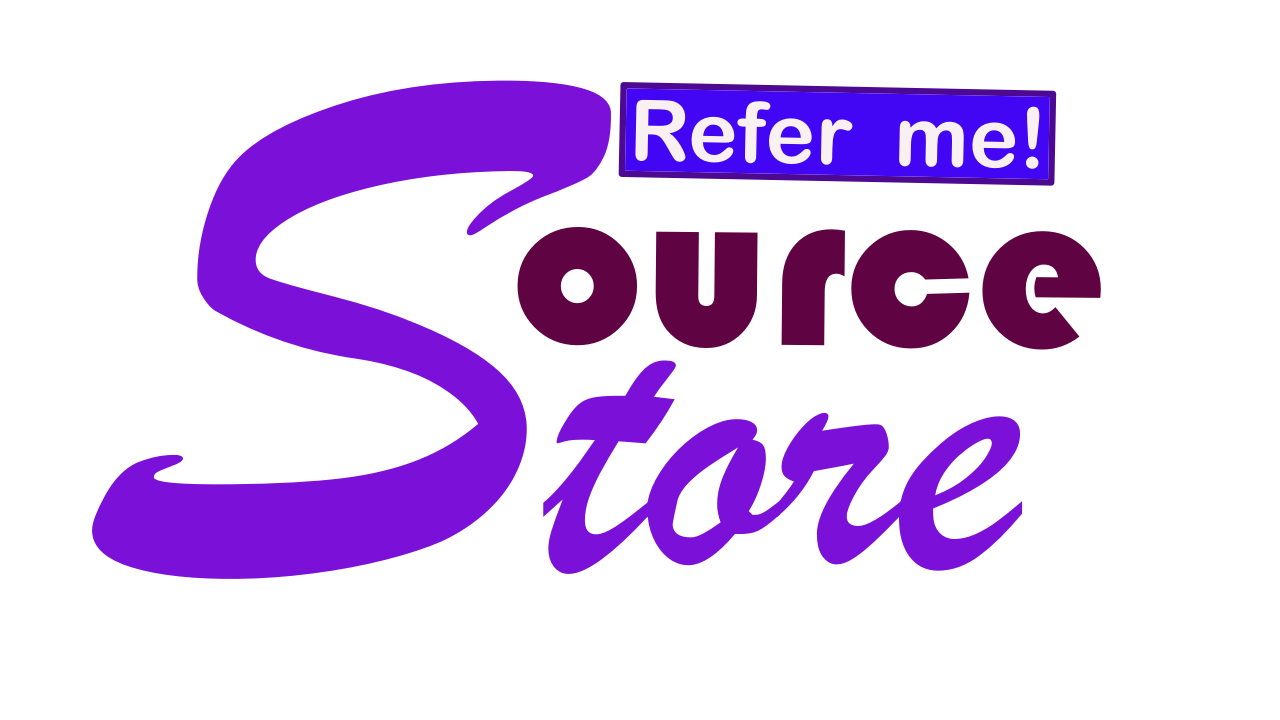I can provide you with some general information about how plagiarism checkers work and their features:
- Text comparison: A plagiarism checker compares the text in the document with a large database of previously published texts to detect similarities.
- Deep search: Some plagiarism checkers use deep search technology to search for matching text across the web, including academic journals, news articles, and other sources.
- Multiple language support: A good plagiarism checker supports multiple languages to check plagiarism across different languages.
- Cloud-based: Most modern plagiarism checkers are cloud-based, meaning the documents are uploaded to the cloud and the comparison is done there.
- Reports and analytics: Plagiarism checkers generate reports and analytics showing the percentage of copied text, originality score, and other metrics.
- Integrations: Some plagiarism checkers offer integrations with popular writing tools and learning management systems (LMS).
- User-friendly interface: A good plagiarism checker has a user-friendly interface that is easy to navigate.
- Privacy and security: Plagiarism checkers should have strong privacy and security policies to protect the user's data.
- Customization options: Some plagiarism checkers offer customization options to check for specific types of plagiarism, such as paraphrasing or citing sources.
- Real-time checking: Some plagiarism checkers provide real-time checking of text as it is being written.
- Cross-referencing: A good plagiarism checker cross-references multiple sources to provide accurate results.
- Artificial Intelligence (AI) technology: Some plagiarism checkers use AI technology to identify different forms of plagiarism, including paraphrasing and translation.
- Batch checking: Some plagiarism checkers allow users to check multiple documents at once, saving time and effort.
- Advanced algorithms: Plagiarism checkers use advanced algorithms to detect even subtle similarities between texts.
- Multiple file formats: A good plagiarism checker supports multiple file formats, including DOC, DOCX, PDF, and TXT.
- Compatibility with different devices: A good plagiarism checker should be compatible with different devices, including desktops, laptops, and mobile devices.
- User support: Plagiarism checkers should offer user support in case of any issues or questions.
- Educational resources: Some plagiarism checkers offer educational resources on how to avoid plagiarism and how to properly cite sources.
- Compatibility with different languages: A good plagiarism checker should be compatible with different languages to check plagiarism across different languages.
- Accuracy: A good plagiarism checker should provide accurate results with minimal false positives and false negatives.
